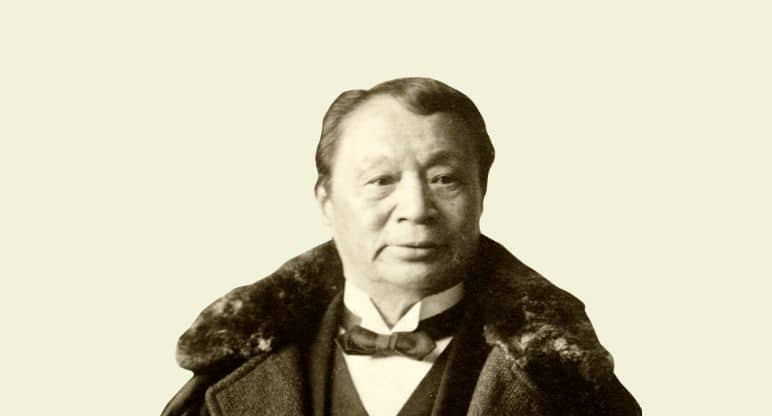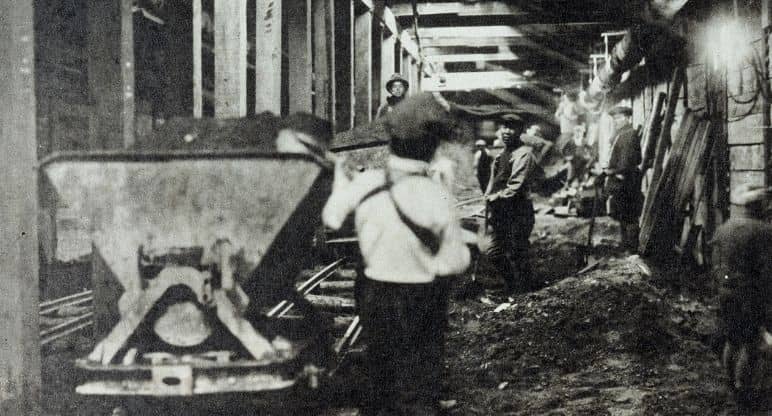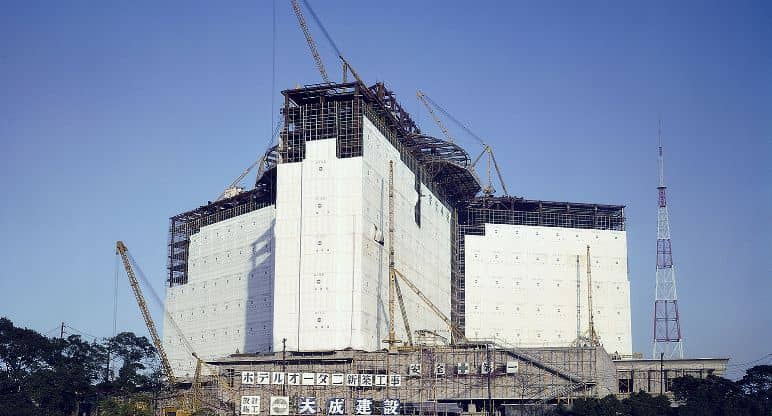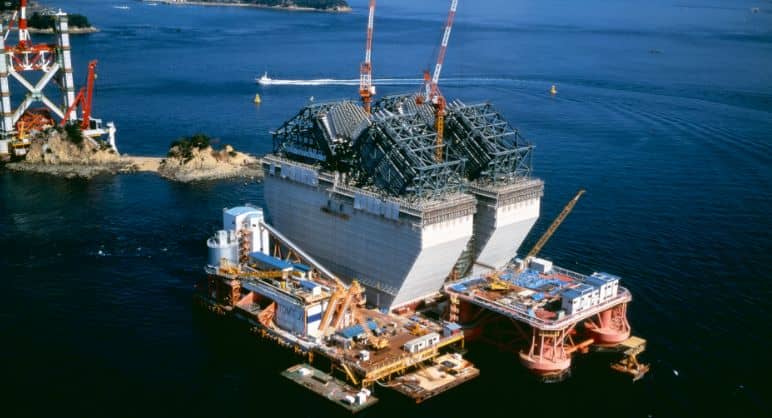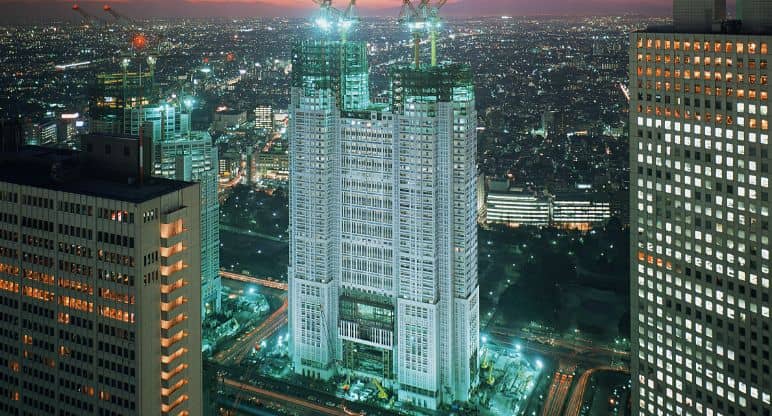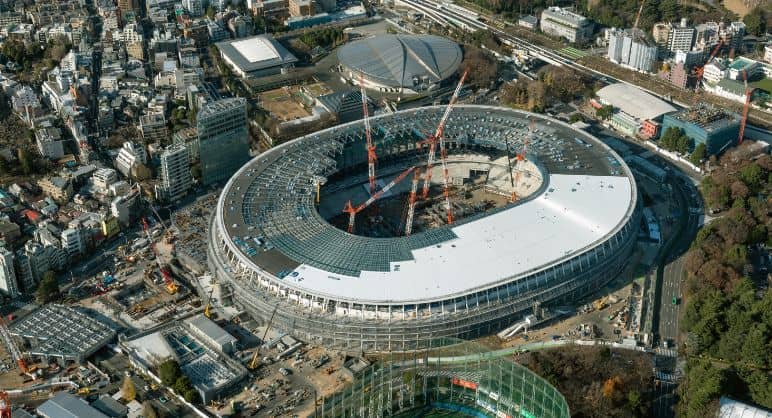-
1946
Do you know where the corporation name came from?
Our name change to Taisei Corporation (Taisei Kensetsu in Japanese) took place in 1946. Zaibatsu (conglomerates) were dismantled at the order of the General Headquarters of the Allied Powers (GHQ). In the midst of industrial reorganization, Kishichiro OKURA and the other executive officers decided to change the corporate name since it was highly reminiscent of Okura Zaibatsu. The name “Taisei” stemmed from “Taisei-Inden Raihon Chomai Kakuo Daikoji” which is the posthumous Buddhist name of Kihachiro OKURA. Taisei has the meaning of shutaisei (i.e., great merits will be generated by collecting the advantages of a large number of people). It signifies carrying things out completely, collecting many items, and creating something prominent. Considering this meaning, “Taisei” was accepted as the most suitable name. “Kensetsu” was translated from the English term “construction,” meaning of both civil engineering and building construction. We were the first corporation that used this term in its corporate name. As times goes by, other companies copied it for their corporate names.
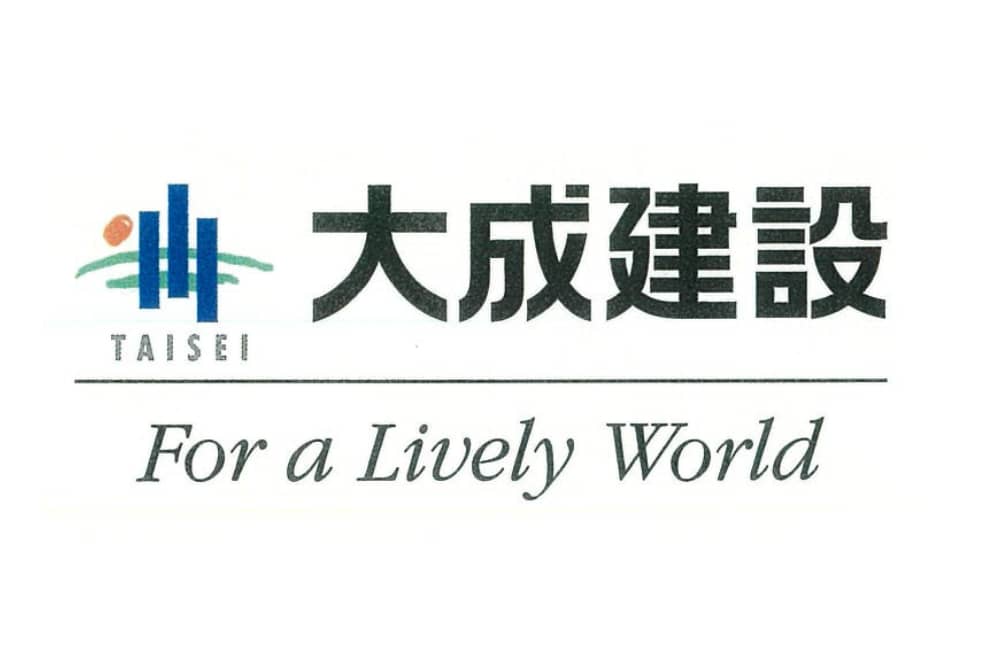
-
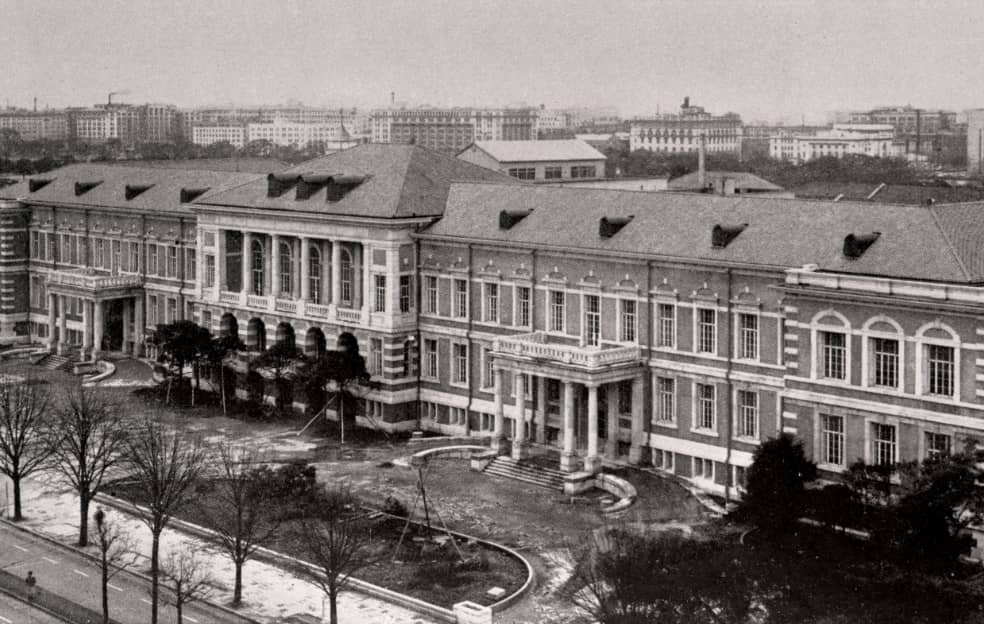
1949
The Attorney Gereral’s Office (Homu-cho)Building
Tokyo
-
1950
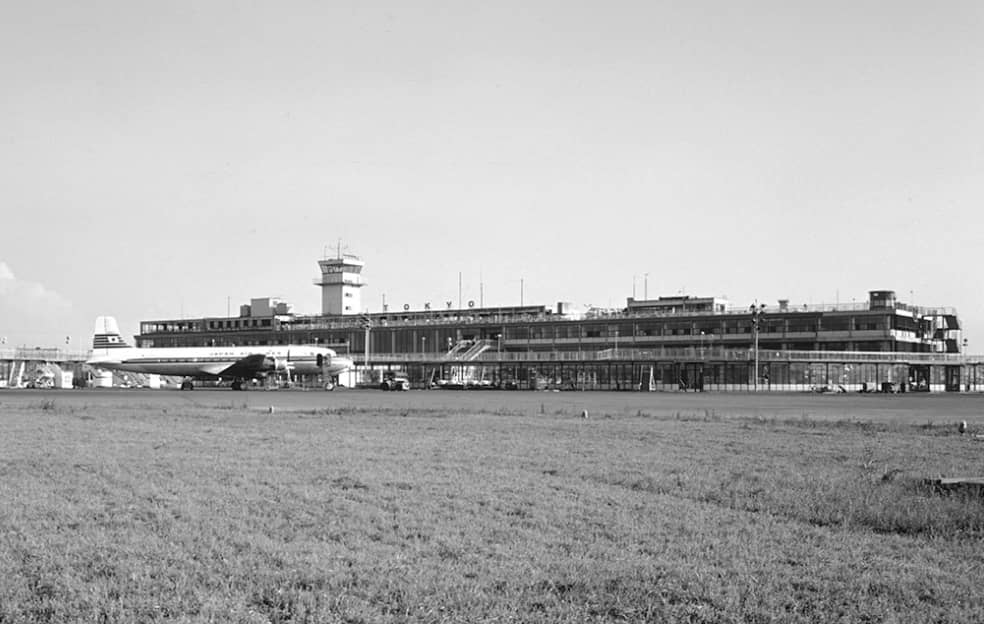
1955
Tokyo International Airport Terminal Building
Tokyo
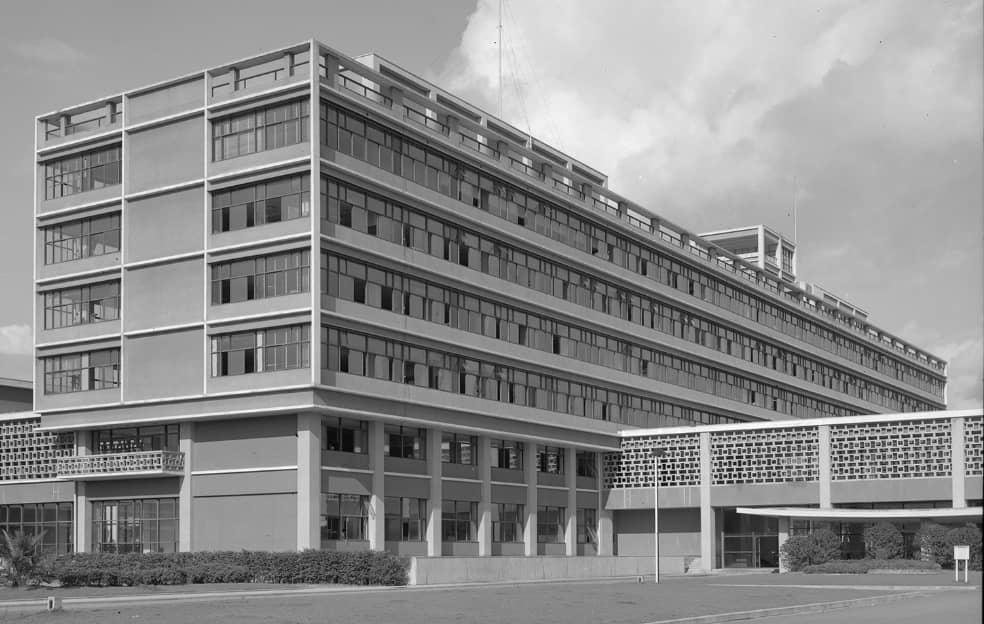
1956
Hiroshima Prefecture Government Office Building (main building)
Hiroshima
Listing of shares on the Tokyo Stock Exchange—the first in the industry
Through a sharp increase in the number of orders received together with the postwar economic restoration, financing accompanying large-scale construction work and mechanization became a significant issue. Due to the changes of the business environment, we decided to go public in 1956, making us the first corporation to do so in the construction industry. Prior to going public, Tokuji MIZUSHIMA who was our managing director at the time, sent the following message to the employees: “When our shares have been made public, all elements of corporate ups and downs and back and forth movement will be reflected in the stock price. We will disgrace ourselves in public unless we work hard and make our corporation better while being more cautious and avoiding rash behavior. Therefore, we will no longer be as relaxed as we have been to date. In this regard, the listing of shares is also of significance.” After going public, other construction companies began to do the same in succession.
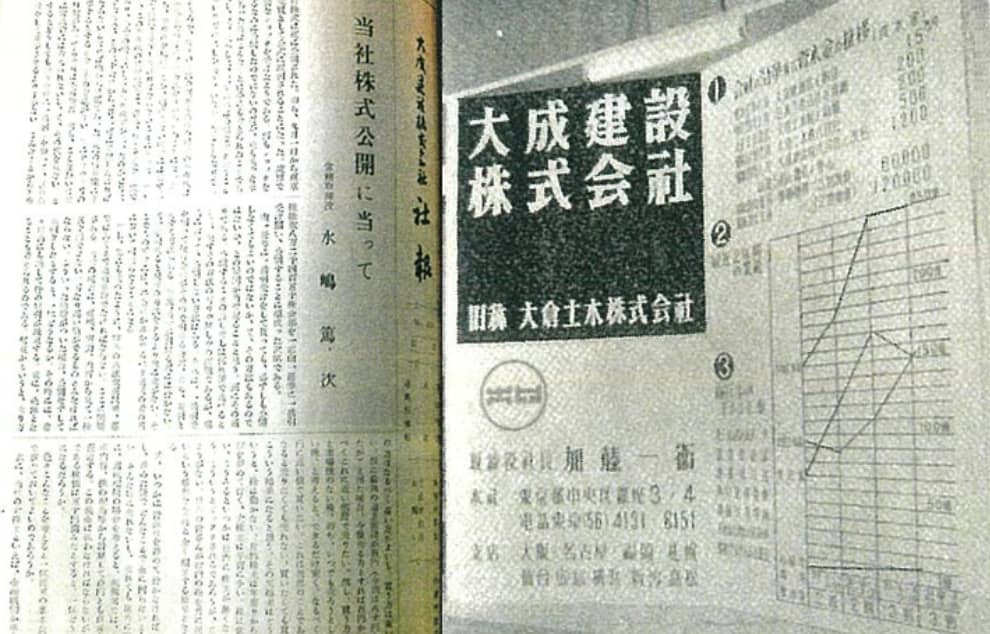
-
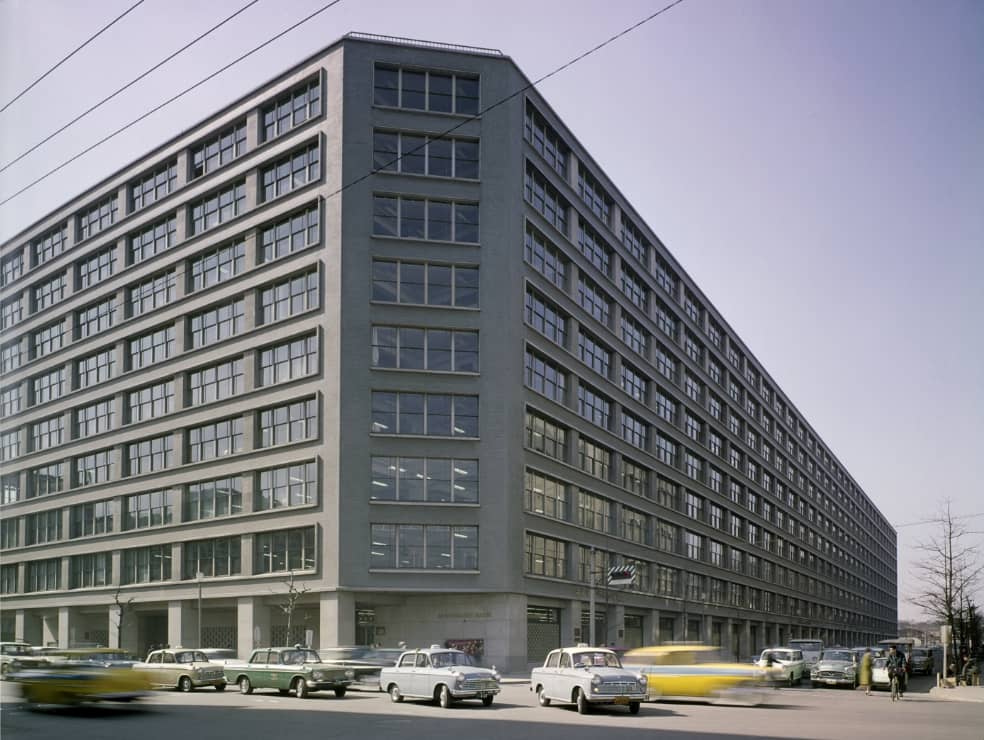
1958
Otemachi Building
Tokyo
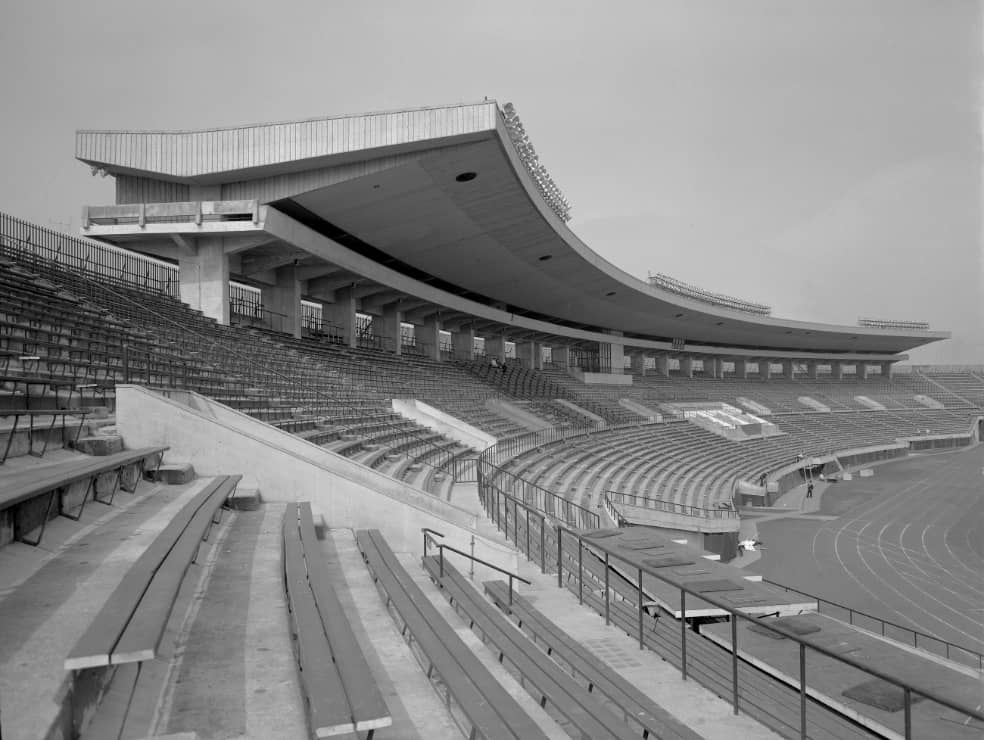
1958
National Stadium
Tokyo
1960
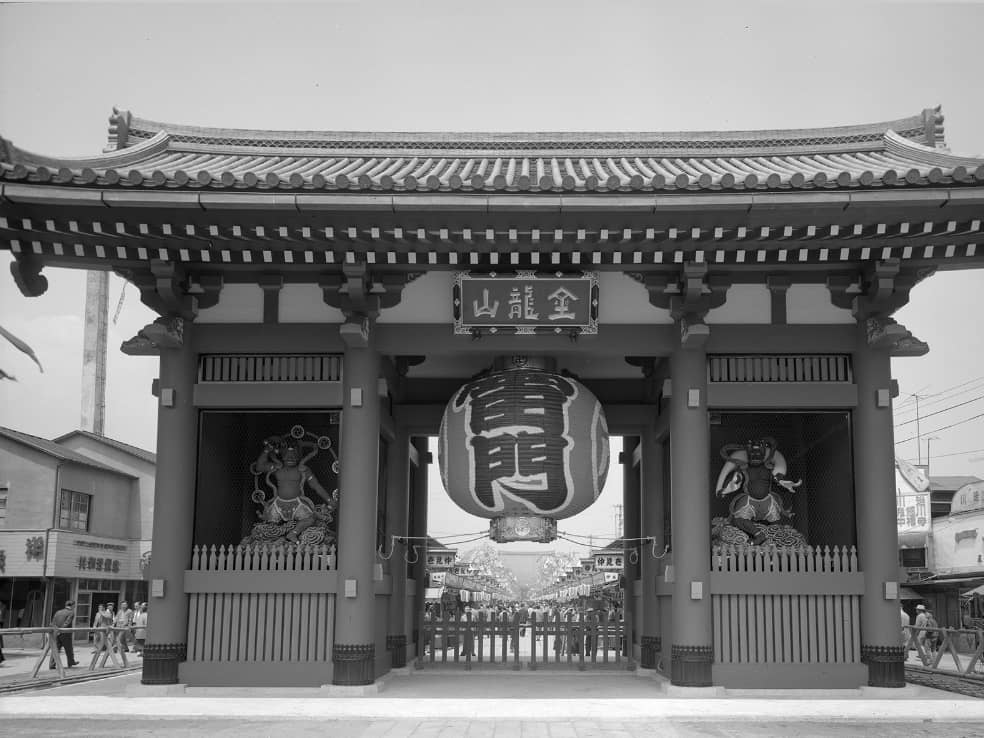
1960
Sensoji Hujin-Raijin Gate
Tokyo
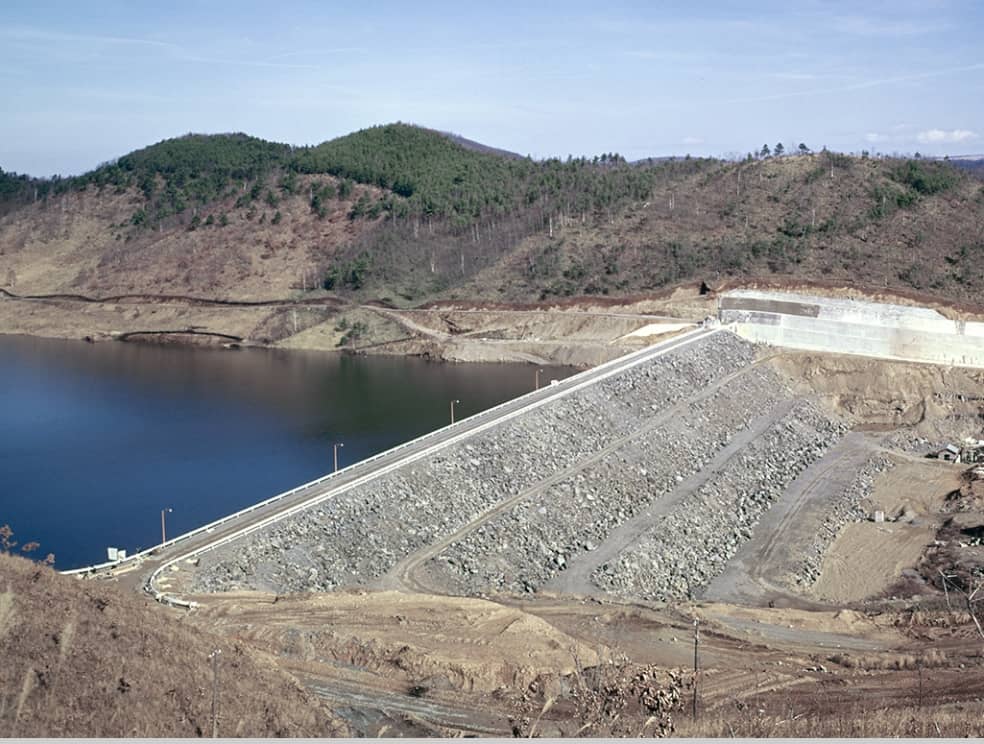
1960
Gandō Dam
Iwate
![Kansai Electric Power Co., Inc., Kurobegawa No.4 Hydropower Plant [5th segment]](../assets/img/history/1946-1969-08.jpg)
1961
Kansai Electric Power Co., Inc., Kurobegawa No.4 Hydropower Plant [5th segment]
Toyama
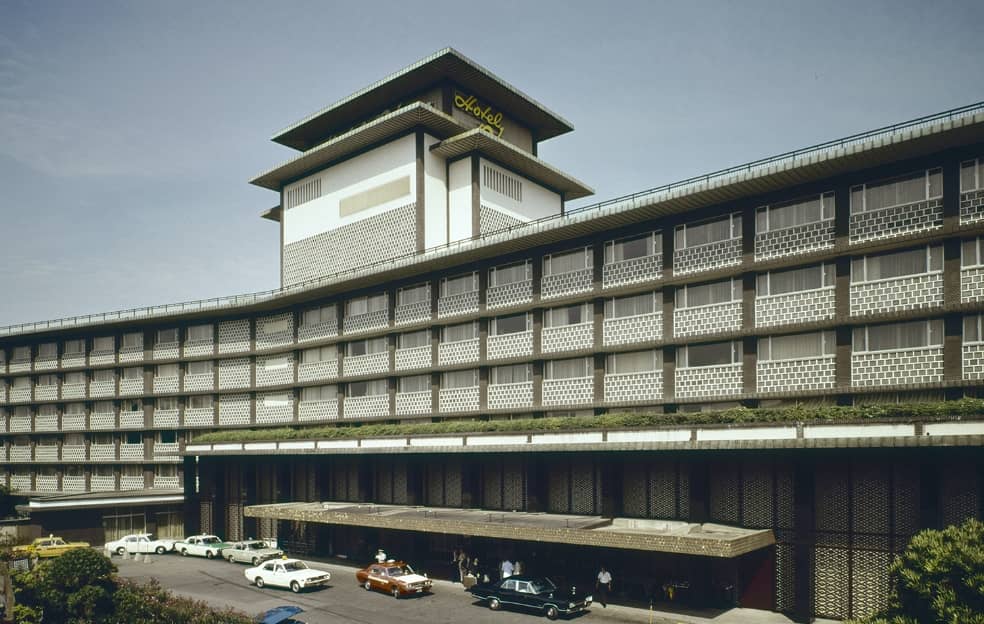
1962
Hotel Okura
Tokyo
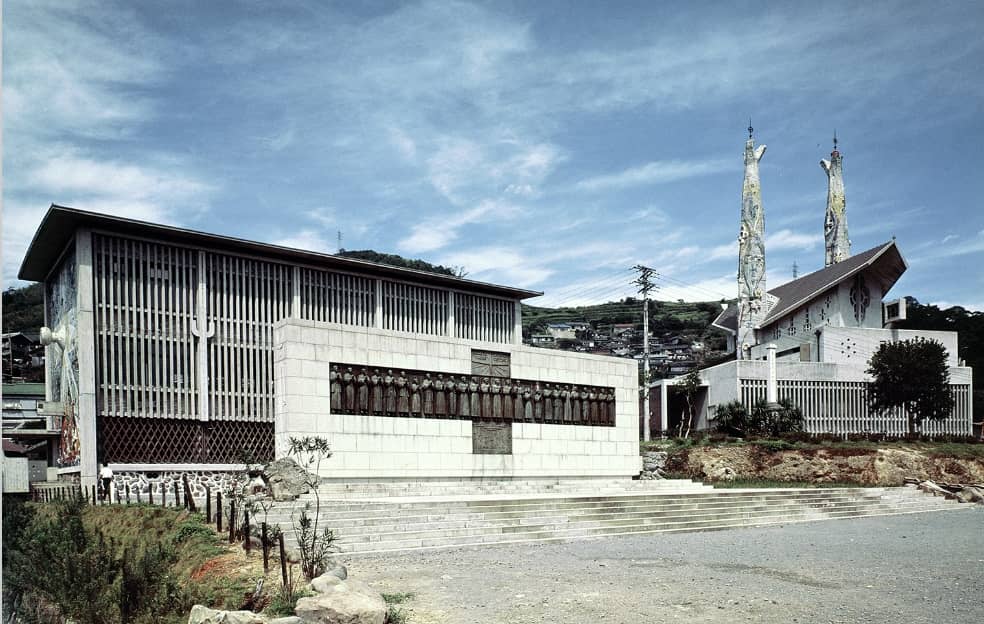
1962
Twenty Six Martyrs Museum
Nagasaki
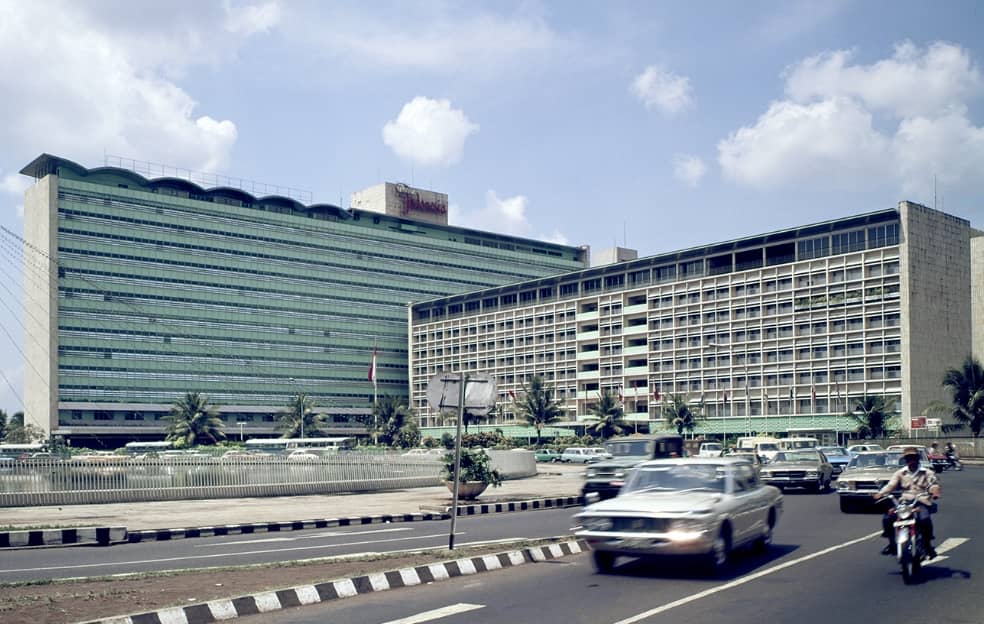
1962
Hotel Indonesia Kempinski
Indonesia
![Hokuriku Main Line, Hokuriku tunnel [3rd segment]](../assets/img/history/1946-1969-12.jpg)
1962
Hokuriku Main Line, Hokuriku tunnel [3rd segment]
Fukui
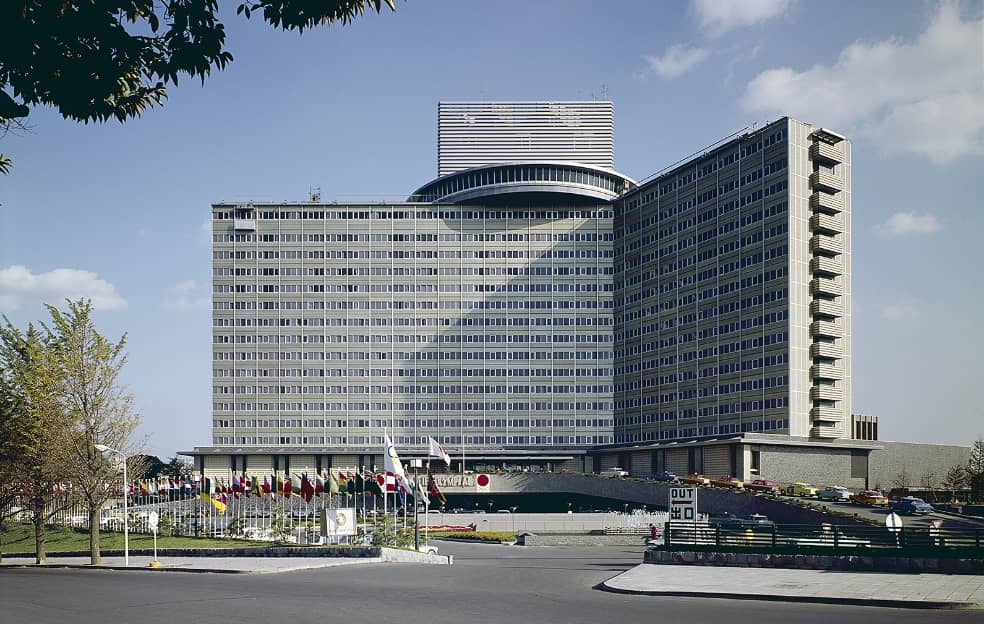
1964
Hotel New Otani Tokyo The Main
Tokyo
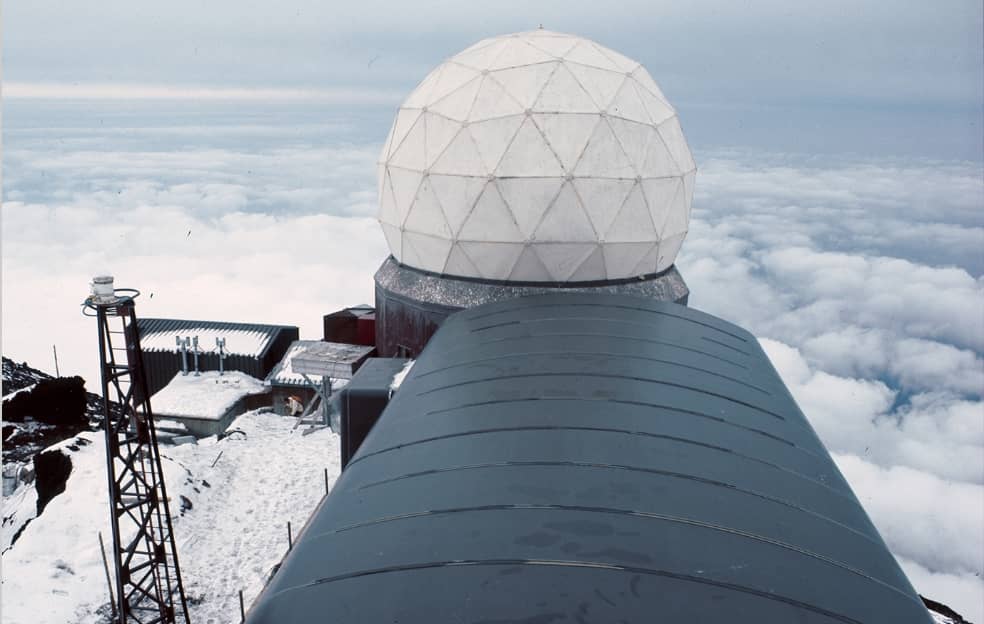
1964
Mt. Fuji Summit Radar Site
Shizuoka/Yamanashi
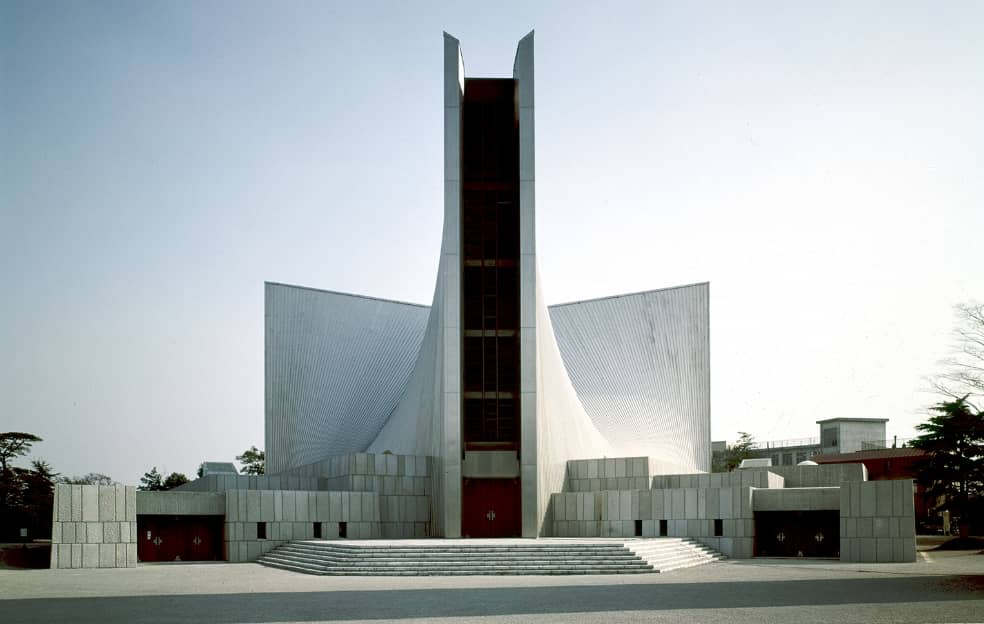
1964
Tokyo St. Mary’s Cathedral
Tokyo
![Tokyo Monorail Haneda Line [1st and 3rd segments]](../assets/img/history/1946-1969-16.jpg)
1964
Tokyo Monorail Haneda Line [1st and 3rd segments]
Tokyo
Construction of the Japan’s first skyscraper
In August 1964, the Hotel New Otani, a large hotel with 1,000 rooms over, was completed. The building had 17 stories and was about 72 meters tall at its maximum height. At that time, there were height limits on the conventional rigidly structured buildings. Therefore, the theory of “flexible structure” (i.e., the theory that minimizes building destruction by flexibly absorbing earthquake shaking with steel columns and beams) was newly applied. At just that time, the law that had regulated 31 meters as the maximum height of a building was amended as well. This building was the first permitted by the Review Board for High-Rise Buildings established under the Ministry of Construction (currently known as the Ministry of Land, Infrastructure, Transport and Tourism). It was also constructed as the first building that they examined based on the theory of flexible structure. Making a full use of the latest ideas and construction methods, the Japan’s first high-rise building was completed through our design and construction. The architectural techniques gained from this experience were used for the skyscrapers of Shinjuku Subcenter in succession and spread extensively.
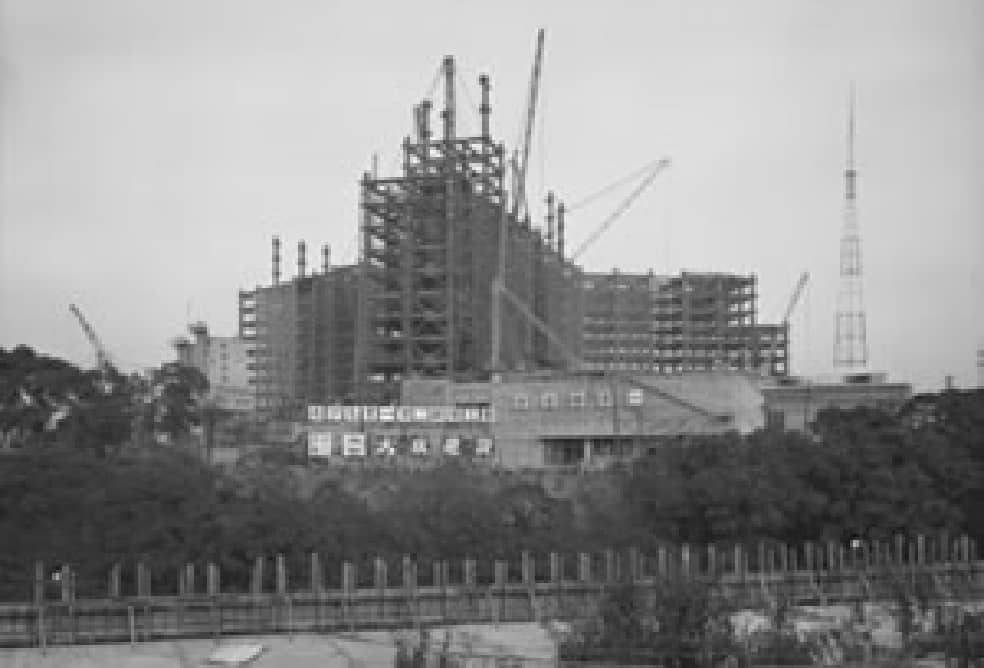
-
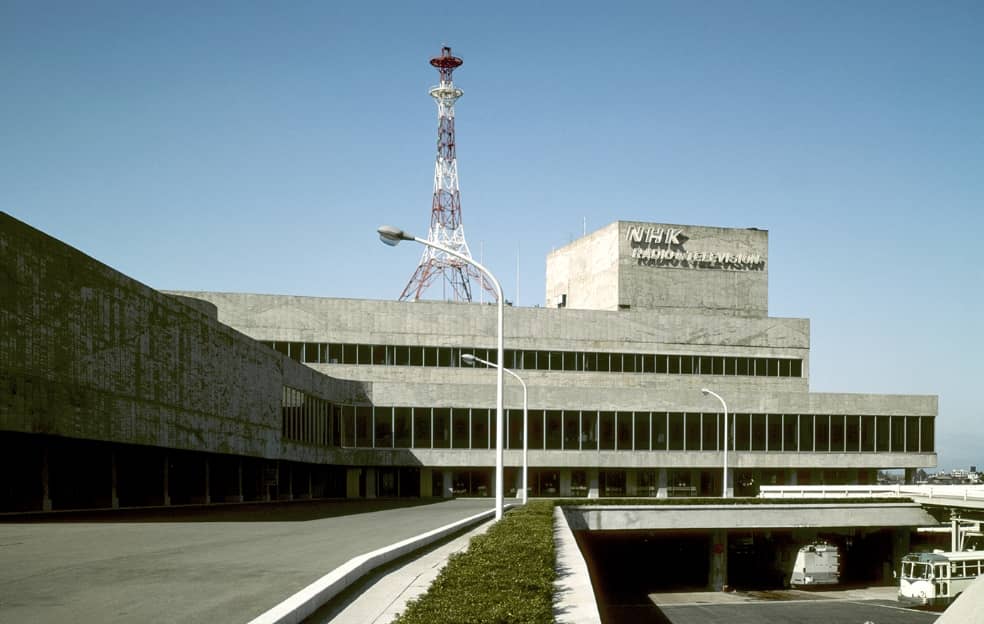
1965
NHK Broadcasting Center
Tokyo
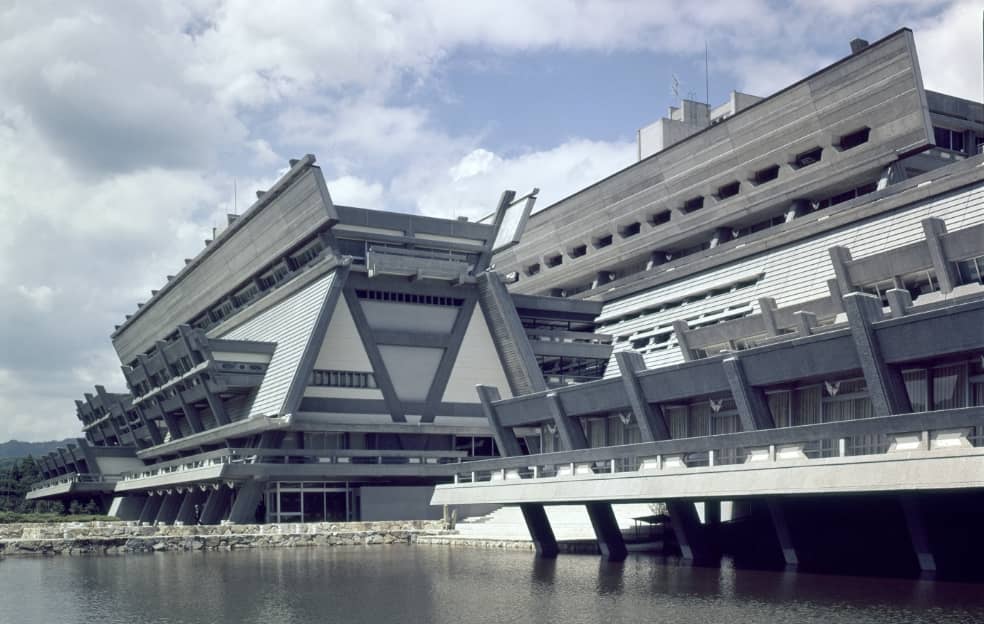
1966
Kyoto International Conference Hall
Kyoto
![Joetsu Line Shin-Shimizu Tunnel [3rd segment]](../assets/img/history/1946-1969-19.jpg)
1967
Joetsu Line Shin-Shimizu Tunnel [3rd segment]
Gunma/Niigata
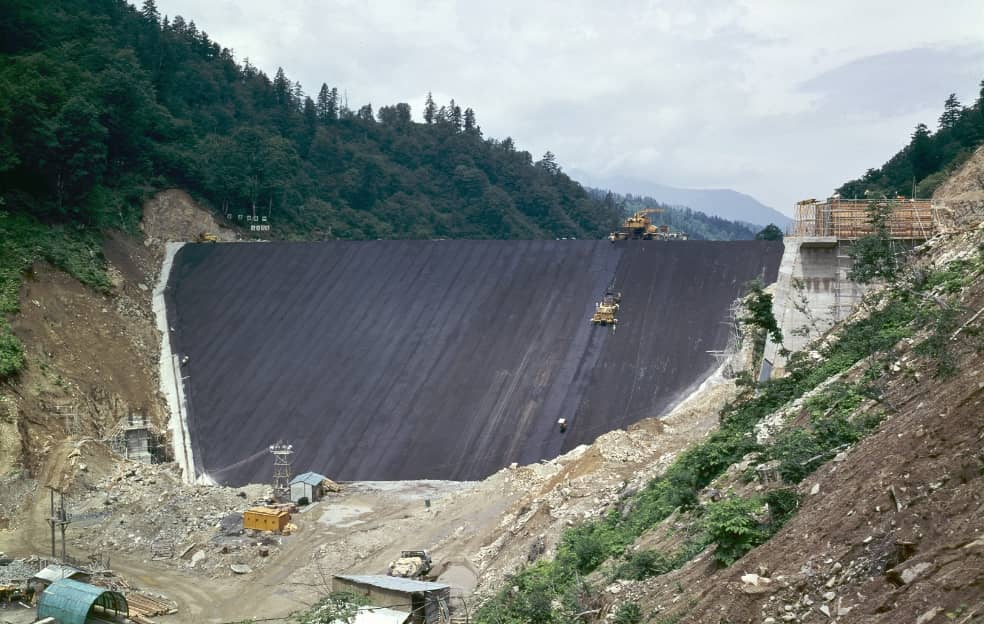
1969
Electric Power Development Co.,Ltd., Otsumata dam
Fukushima
